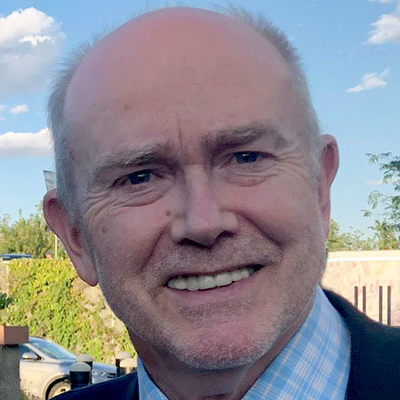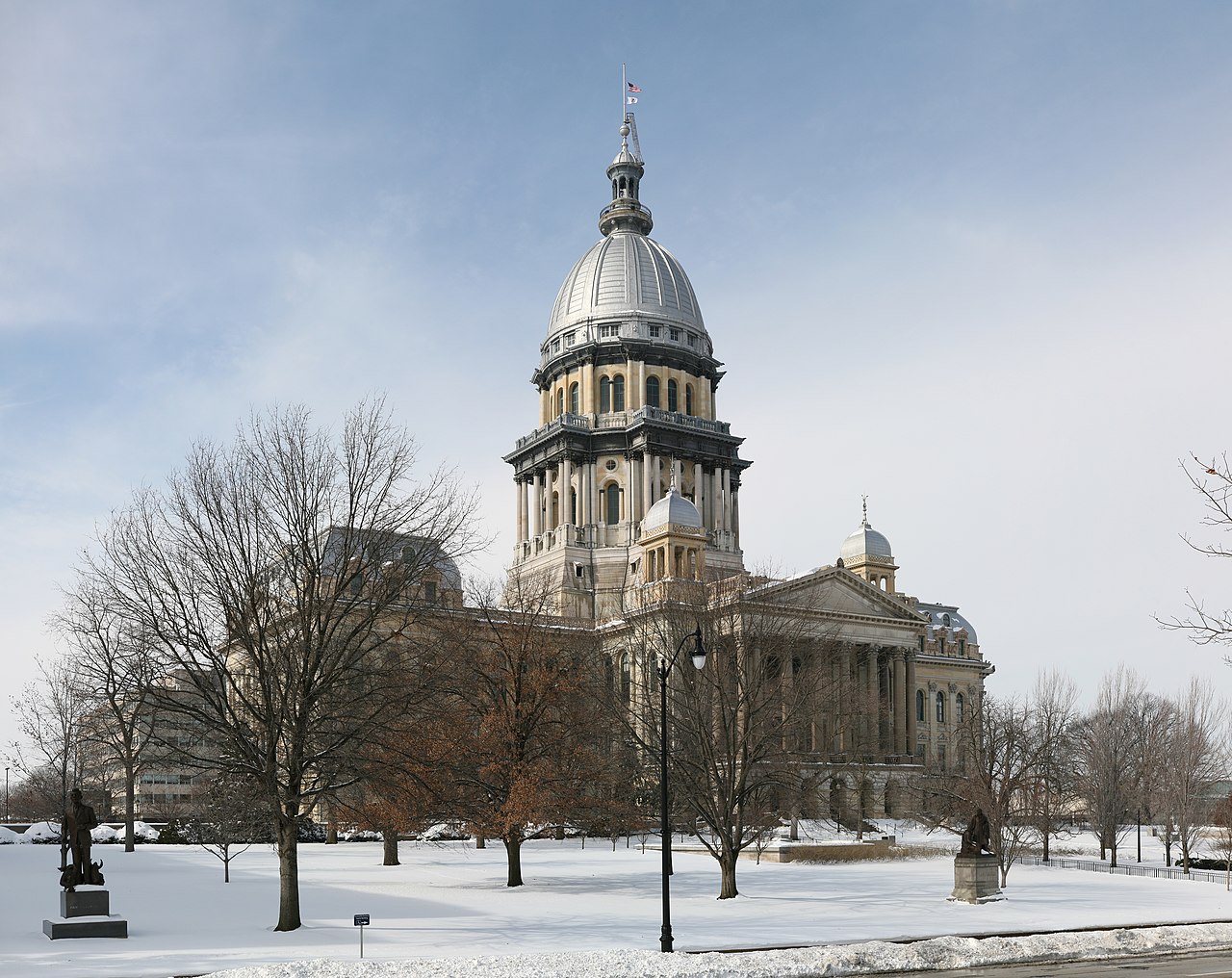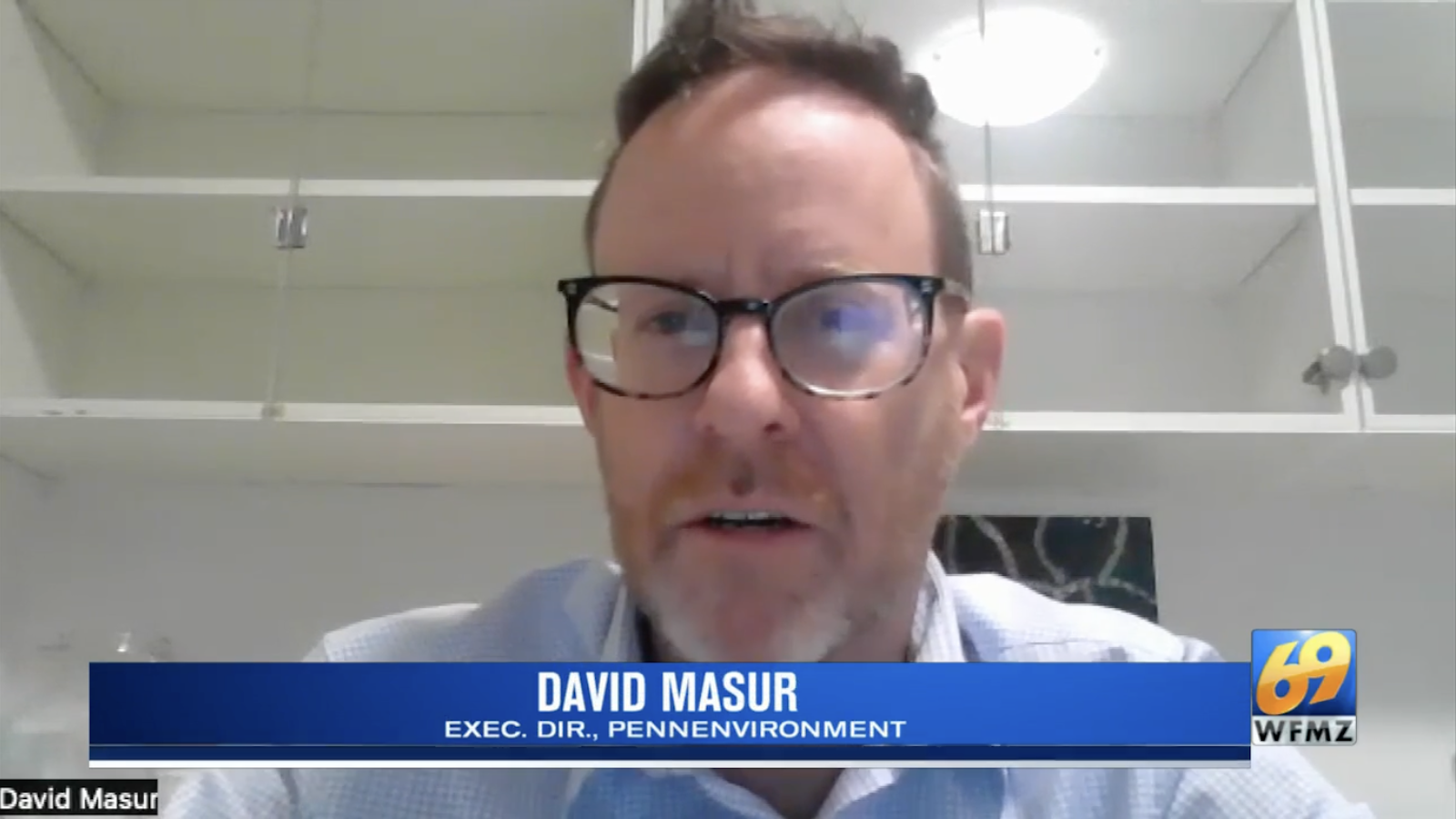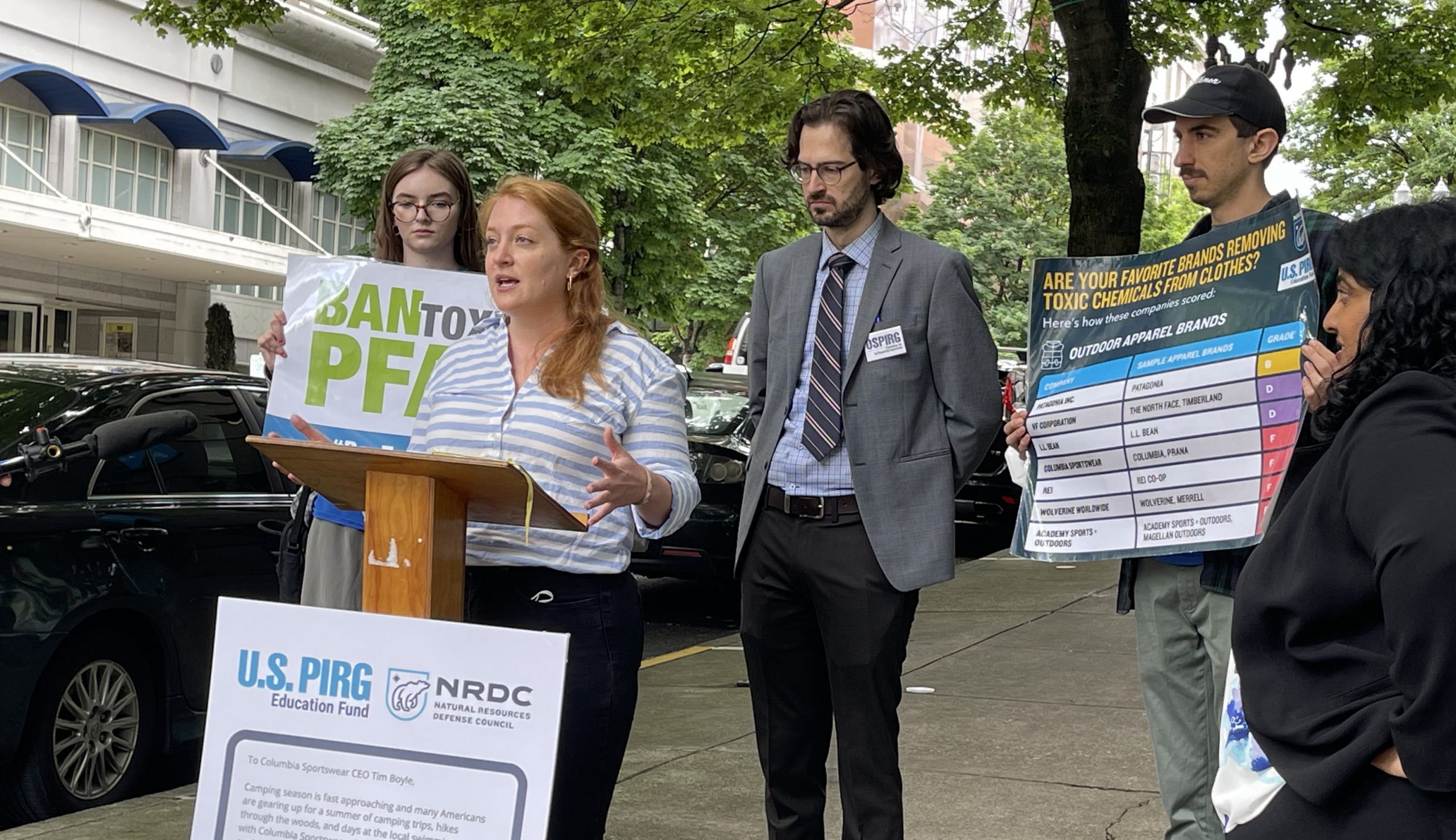
50 years of the Clean Water Act: a work in progress
To mark the 50th anniversary of the Clean Water Act, John Rumpler, Environment America’s clean water program director, joined EPA Administrator Michael Regan and our clean water allies for an event at Ohio’s Cuyahoga River.

To mark the 50th anniversary of the Clean Water Act, John Rumpler, Environment America’s clean water program director, joined EPA Administrator Michael Regan and our clean water allies for an event at Ohio’s Cuyahoga River.
The Cuyahoga is a powerful reminder of how far we’ve come.
Thanks to the Clean Water Act, the EPA and other laws and institutions dedicated to protecting America’s waterways, the Cuyahoga is no longer so polluted that it catches fire, and polluting industries can no longer treat it and many of our other rivers, lakes, streams, wetlands, estuaries, bays and beaches as their private dumping grounds.
In the century following the Industrial Revolution, many Americans viewed foul-smelling waterways churning with contamination as “a sign of success,” as one author put it — or at the very least, a necessary byproduct of our nation’s progress from hardship and scarcity to comfort and abundance.
But by 1972, it had become painfully clear that sacrificing our rivers and lakes was not sustainable, nor was it still necessary for our well-being. Attitudes have had to change. And whenever media coverage of fiery infernos could not galvanize the public on its own, our movement has worked to win hearts and minds to a new set of priorities. Economic growth at any cost no longer needs to take precedence over clean water, the joy of fishing and swimming safely in a lake or at the beach, or the awe-inspiring sights awaiting us, our family and friends around the next riverbend.
For 50 years, The Public Interest Network’s groups — including PIRG, Environment America, our networks of state PIRGs and environmental groups, the Student PIRGs, the National Environmental Law Center, Community Action Works and the Fund for the Public Interest — have worked to translate public support for clean water into new laws and standards that are obeyed and enforced.
To commemorate 50 years of real progress under the Clean Water Act, we’ve produced a short video celebrating the results our network has helped achieve:
While the Cuyahoga is clean enough that fish have returned and people can kayak safely, bacteria from runoff pollution means the river still isn’t safe to swim in. Likewise, while pollution from industrial sources is much reduced across the U.S., the full promise of the Clean Water Act remains unfulfilled.
A new U.S. PIRG Education Fund and Environment America Research & Policy Center report finds that industrial facilities released nearly 200 million pounds of toxic substances in U.S. waterways in 2020. As Matt Casale, the report’s co-author and director of PIRG’s environment campaigns told The Hill, “Polluters too often recklessly dispose of chemicals linked to cancer, developmental harm to children, and reproductive damage. It’s time to stop this toxic dumping.”
And so our work continues. Campaign by campaign, we’ll keep building public demand for a higher standard for human progress, a standard that’s protective of the natural world, because America’s waters and all who depend upon them are more than worth the effort.
Thank you to Administrator Regan and other supporters of clean water, past and present, for all you do and have done.
Topics
Authors
Douglas H. Phelps
President and Executive Director, The Public Interest Network
Doug is President and Executive Director of The Public Interest Network. As director of MASSPIRG starting in 1979, he conceived and helped organize the Fund for the Public Interest, U.S. PIRG, National Environmental Law Center, Green Century Capital Management, Green Corps and Environment America, among other groups. Doug ran the public interest careers program at the Harvard Law School from 1976-1986. He is a graduate of Colorado State University and the Harvard Law School.
Find Out More

Our 2024 priorities in the states

A look back at what our unique network accomplished in 2023

Our response to the East Palestine train disaster

